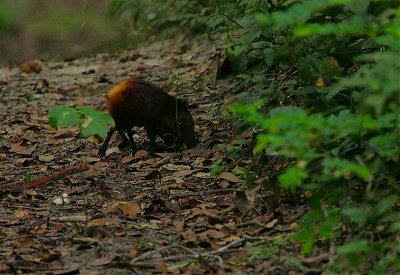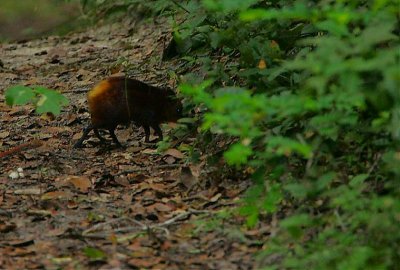





 |
 |
 |
 |
 |
 |
| RAINBIRDER | profile | all galleries >> AFRICA >> KENYA >> KENYAN WILDLIFE >> Sokoke Forest Wildlife >> STUMBLING UPON THE SENGI | tree view | thumbnails | slideshow |
 Golden-rumped Sengi alert to danger |
 Golden-rumped Sengi foraging |
 Golden-rumped Sengi |
 Golden-rumped Sengi foraging |
 Golden-rumped Sengi foraging |
| comment | share |
| Ivan Pepř | 26-Jan-2022 13:42 | |
| Ivan Pepř | 26-Jan-2022 13:42 | |